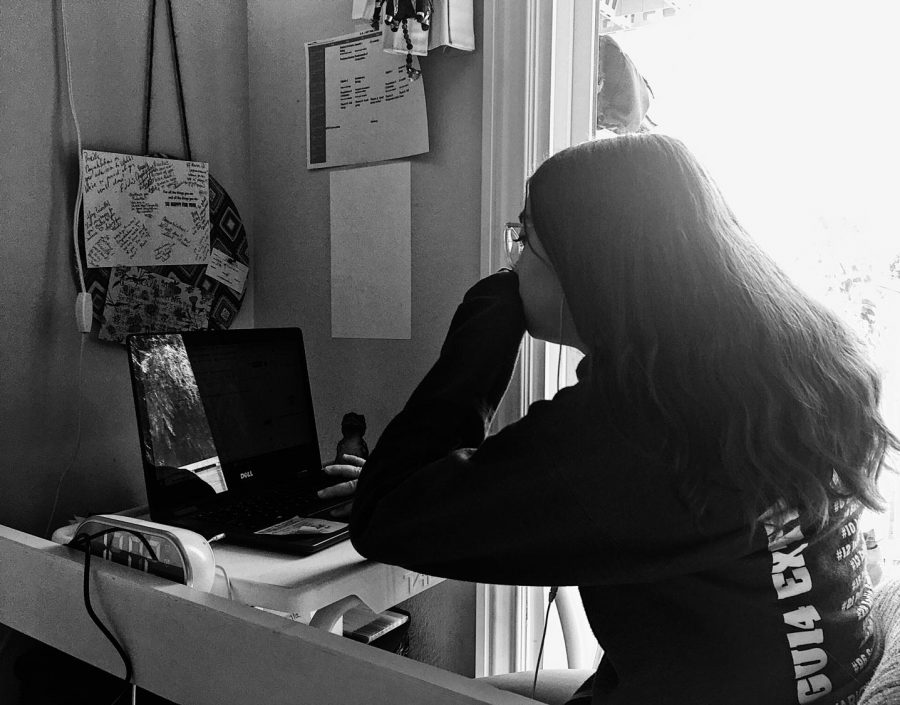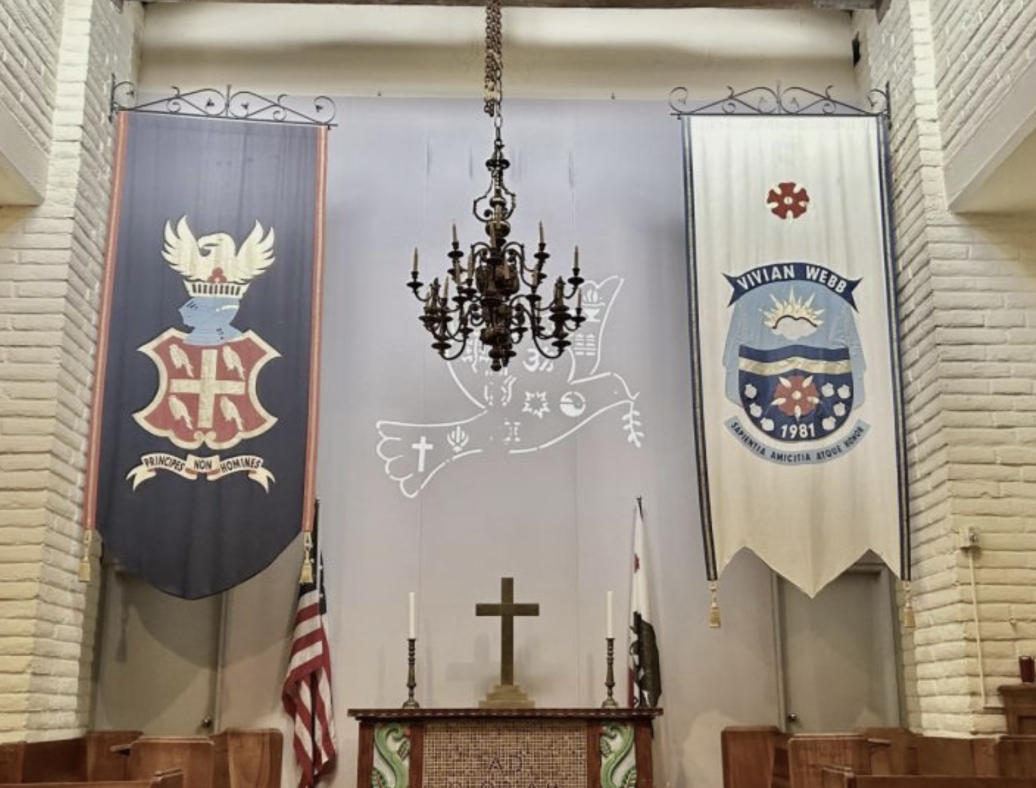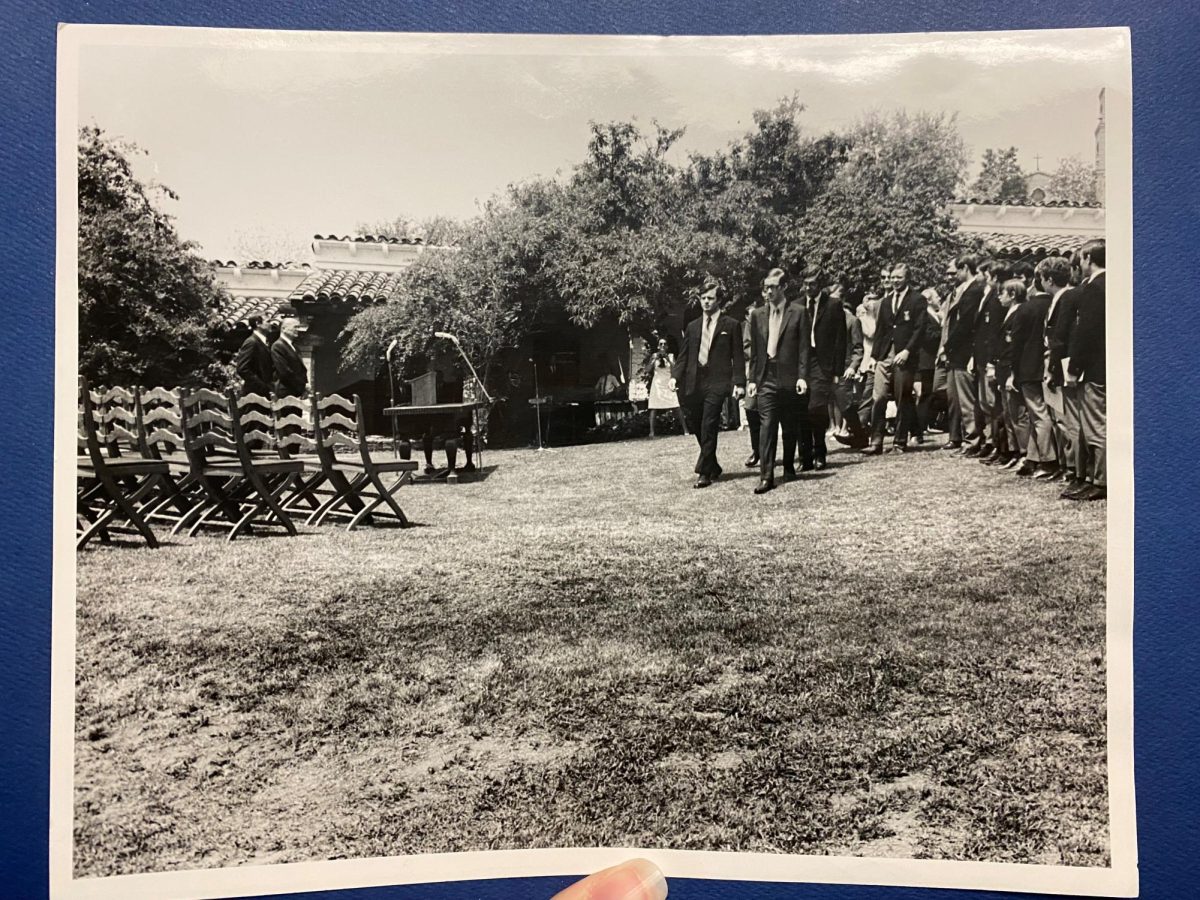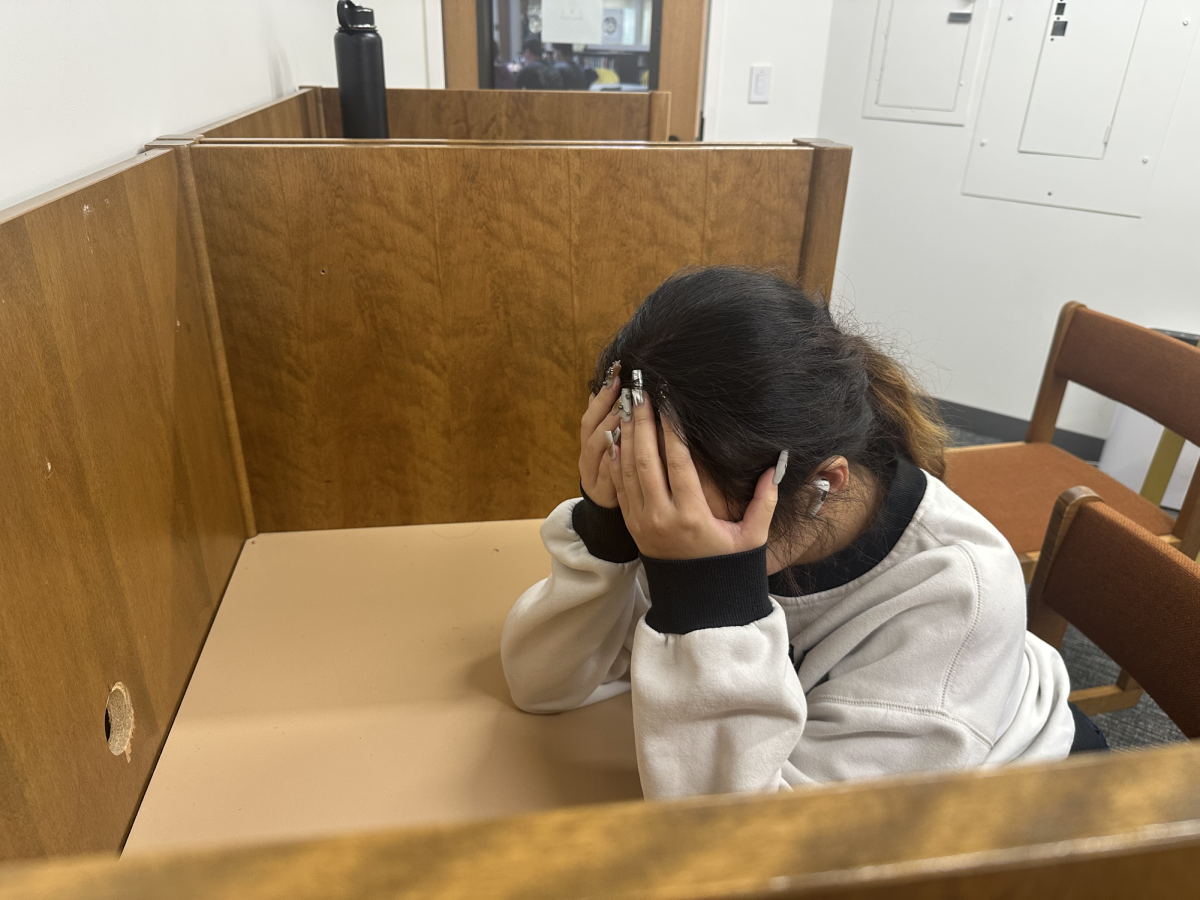On September 21st, 2020, a few weeks after school started, Webb students and faculty were informed by an email from Taylor Stockdale, Head of Schools, and Theresa Smith, Assistant Head of Schools, that the entire fall semester would remain online, anticipating that January 2021 will be the earliest time for students to return to campus. Although this update was certainly unfavorable and met with many disappointed reactions, this is unfortunately the bitter reality of our circumstances; with the COVID-19 pandemic showing no signs of slowing, Webb has no choice but to close its doors to students.
Students are now experiencing a unique and different academic situation. Many modifications of school policies and guidelines are taking place, including the much shorter class time and the lack of in-person interaction. However, even with these alterations, Webb students stay resilient and still strive to make the most out of this school year. Especially for international students, this year has certainly been out of the ordinary, as Webb has specifically developed evening classes designed to fit the international students’ time zones.
As the Webb classroom moves to Zoom, many Webbies have gotten used to the sight of themselves on computer screens. However, students should be able to keep their cameras off for some classes, especially for afternoon activities, where international students need to wake up extra early just to get to their activities on time. This early start leaves no time for getting ready or even eating breakfast for many, leaving students to log on barely on time. Some students are uncomfortable showing their morning faces on the screen so early in the day.
Granted, it may be difficult to manage classroom settings with all the cameras off, but Webb students are still willing to participate with the absence of their faces on the screen. If the students can engage fully and show that they are present within the meeting, teachers should be more lenient towards keeping cameras off when it may not be necessary.
Some teachers have occasionally utilized independent work time to let students work with their cameras off and checking in at the end of class. This way, students can work and take a break from staring at their reflection on the screen for so long. While discussions and group work are important, it is equally important to find a balance every now and then by incorporating breaks from the screen.
“Webb on Zoom equals forty-five minutes of class plus five hours of uninstructed homework,” said Shuci Zhang (‘23).
Many students feel burdened with work and screen time, leading them to work around the clock for many of their classes just to finish everything assigned. Teachers should recognize their students’ discomfort along with the expectations of work they have for students.
Since Webb has transitioned to forty-five-minute classes, students are spending less time on the screen, which limits the blue light they are exposed to. However, this also means that teachers must budget their time well and make every minute count.
“I had to make lots of readjustments to daily lesson plans and boil them down to their essence,” said Wendy Maxon, humanities department faculty. “We don’t get to spend as long on topics or do as much variety of activities; the 45 minutes work best when we cover subjects that require fewer texts but a ton of depth and listening to one another.”
Although the shorter class times provide students the chance to spend less time on the screen, the work not completed in class transitions into a homework assignment. This extra work results in students spending more time on their computers, alone.
This year, Webb introduced a “collaboration day” every Wednesday, where students can catch up on work but are mostly encouraged to spend time off the screens and do other activities to maintain their health. Although this idea sounds promising, students often find themselves spending their free day entirely on the screen to catch up on the hours of work assigned by their teachers.
Webbies now feel glued to their screens so they do not fall behind in their work. If students do arrange time for themselves, time is taken away from their homework and the hours of homework they were assigned piles on top of the rest. Because we are not living in a normal time, teachers should not assign a normal amount of homework.
According to a report done by the Economic Policy Institute, the COVID-19 pandemic is causing more stress for many students and teachers around the United States, with many schools shutting down and remaining physically closed for the 2020-2021 school year.
“Our public education system was not built, nor prepared, to cope with a situation like this—we lack the structures to sustain effective teaching and learning during the shutdown and to provide the safety net supports that many children receive in school.”
Schools around the world are constantly trying to adapt to the changing circumstances, and students are constantly being challenged to keep up with this new system. The shortened class time has especially hindered instructional learning, creating consequential impacts towards many students.
“So far this year, my classes have been pretty challenging- the jump from sophomore to junior year is already hard, as I’m now taking more advanced, specialized, and difficult courses,” said Nick Lee (‘22). “Compounding that with online learning and limited class time has made these courses tougher, and I feel like I’ve had to study and review a lot of material on my own.”
Advanced studies classes and honors classes are meant to be challenging, but not to the point where students are teaching themselves material because it cannot be covered in class.
“I spend about two hours a day per class on homework which means about six hours per day, although it fluctuates by class,” said Nick. “For some classes, I only spend about an hour a day, but also, for others, I’ve spent up to 4-5 hours for one class.”
More free time should not mean more homework. Webb students should be challenged, but not to the point where they are spending multiple hours on a screen after classes doing work the teachers did not get to cover in class. On the course selection guide, it states that the workload for more challenging classes is “1.25 hours”. However, since classes are shorter, teachers should be more lenient. If they do choose to assign this much work, the due date should be extended and should not be due by next class. This additional workload is causing anxiety and stress during an already difficult time.
As Webb transitions to online schooling, students and teachers alike must recognize the challenges it brings and work together to ensure a comfortable and safe digital school year for everyone during this pandemic.







![Many Webb students spend their free time in the library watching a popular TV show like Riverdale and Euphoria. “Based off what I’ve seen, like in Euphoria, because the actors are older, they don't showcase an actual high school life properly,” Sochika Ndibe (‘26) said. “Since [the actors] are older [and] playing a teenager, from a girl’s perspective, it is going to make you think you should look more developed at a young age.” The actor, who plays Veronica Lodge, was 22 years old at the time of filming.](https://webbcanyonchronicle.com/wp-content/uploads/2025/03/Antecol-Media-affects-how-society-functions-graphic-1200x900.png)









